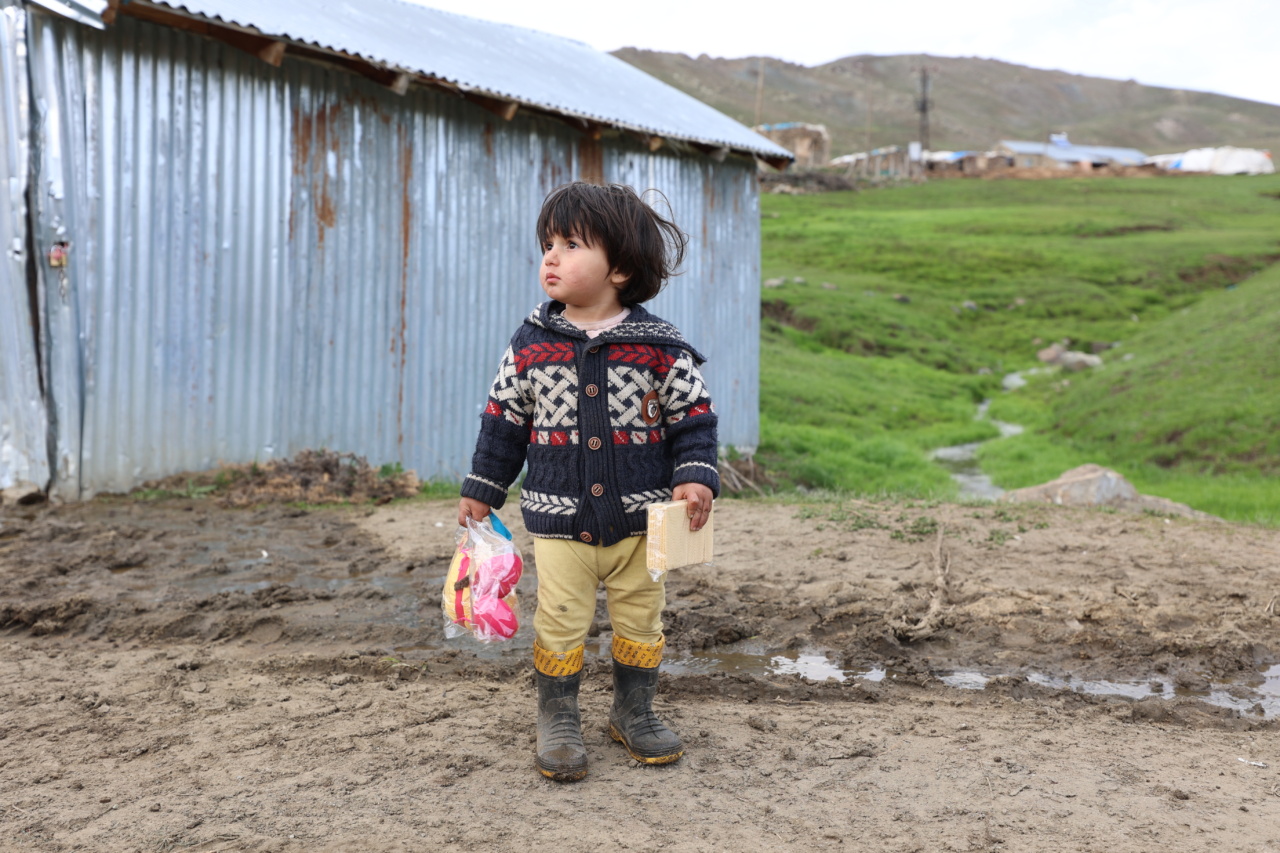In recent years, childhood obesity has emerged as a significant public health concern globally. With the rapid growth in technology, changing dietary patterns, and sedentary lifestyles, the prevalence of childhood obesity is on the rise.
This alarming trend has prompted researchers, policymakers, and healthcare professionals to focus on forecasting childhood obesity trends to develop effective prevention and intervention strategies.
Understanding Childhood Obesity
Childhood obesity is defined as having excess body fat that poses a risk to a child’s health. It is typically diagnosed using the Body Mass Index (BMI), which measures weight in relation to height.
A BMI at or above the 95th percentile for children of the same age and sex indicates obesity.
Obesity in childhood can lead to a wide range of physical and psychological health problems. These can include type 2 diabetes, high blood pressure, sleep apnea, joint problems, low self-esteem, and depression.
Additionally, children who are obese are more likely to become obese adults, which further increases the risk of chronic diseases such as heart disease and certain types of cancer.
Factors Contributing to Childhood Obesity
Multiple factors play a role in the development of childhood obesity. These include:.
1. Sedentary Lifestyles
The increasing prevalence of sedentary activities such as excessive screen time, video games, and reduced outdoor physical activities has contributed to a decline in overall physical activity levels among children.
This lack of exercise combined with unhealthy dietary habits leads to weight gain and obesity.
2. Unhealthy Dietary Patterns
Easy access to processed foods, sugary beverages, and high-calorie snacks has contributed to poor dietary patterns among children. These foods are often low in essential nutrients and high in added sugars, unhealthy fats, and sodium.
Regular consumption of these items leads to weight gain and obesity.
3. Socioeconomic Factors
Socioeconomic factors such as poverty, food insecurity, and lack of access to healthy food options are associated with higher rates of childhood obesity.
Limited financial resources may force families to rely on inexpensive but unhealthy food choices, leading to weight gain in children.
4. Genetic Factors
Individuals with a family history of obesity are more susceptible to becoming obese themselves. Genetic factors can influence metabolism, fat storage, and appetite regulation, making it challenging for some children to maintain a healthy weight.
Forecasting Childhood Obesity Trends
Forecasting childhood obesity trends is essential in developing effective prevention and intervention strategies.
By understanding the potential future trajectory of obesity rates, policymakers and healthcare professionals can allocate resources appropriately and implement targeted interventions. Various methods are employed to forecast these trends:.
1. Longitudinal Studies
Longitudinal studies track the growth and development of children over an extended period. By collecting data at regular intervals, researchers can identify patterns and trends in obesity rates.
These studies provide valuable insights into how childhood obesity evolves over time and inform future projections.
2. Surveillance Systems
National and regional surveillance systems monitor the prevalence of childhood obesity by collecting data from a sample of the population. These systems provide estimates of obesity rates and can detect changes in trends over time.
By regularly updating their data, they contribute to forecasting future obesity rates.
3. Mathematical Models
Mathematical models use available data on obesity rates, risk factors, and population characteristics to project future trends.
These models incorporate various factors such as birth rates, demographic changes, socioeconomic factors, and healthcare interventions to create forecasted scenarios.
4. Machine Learning
Machine learning algorithms can analyze large datasets and identify patterns and associations that may not be evident through traditional statistical models.
These algorithms can predict future obesity trends by considering a wide range of variables and their interrelationships.
Implications and Interventions
The forecasts of childhood obesity trends can guide policymakers and healthcare professionals in implementing targeted interventions. Early intervention is crucial in preventing and managing childhood obesity. These interventions may include:.
1. Promotion of Healthy Lifestyles
Efforts should be made to encourage physical activity and limit sedentary behaviors among children.
Schools, community centers, and parents can play a significant role in promoting active living through organized sports, recreational activities, and limiting screen time.
2. Nutrition Education
Focus should be placed on educating children and parents about making healthy food choices. Nutrition education programs can teach the importance of consuming a balanced diet, reducing sugary beverages, and increasing fruit and vegetable intake.
3. Policy Changes
Policies that promote access to affordable, healthy food options in underserved communities can help combat childhood obesity.
Initiatives such as improved food labeling, restrictions on marketing unhealthy foods to children, and increased availability of nutritious school meals can have a significant impact.
4. Family and Community Support
Engaging families and communities is essential in preventing childhood obesity. Providing resources, support, and education to parents can help them make healthier choices for their children.
Community programs can be established to promote physical activity and create safe environments for children to play.
Conclusion
Forecasting childhood obesity trends is vital in tackling the growing epidemic of childhood obesity.
By understanding the contributing factors and employing forecasting methods, policymakers and healthcare professionals can develop effective strategies to prevent and manage childhood obesity. Early interventions, education, policy changes, and community support are crucial in curbing the prevalence of childhood obesity and ensuring healthier futures for our children.































